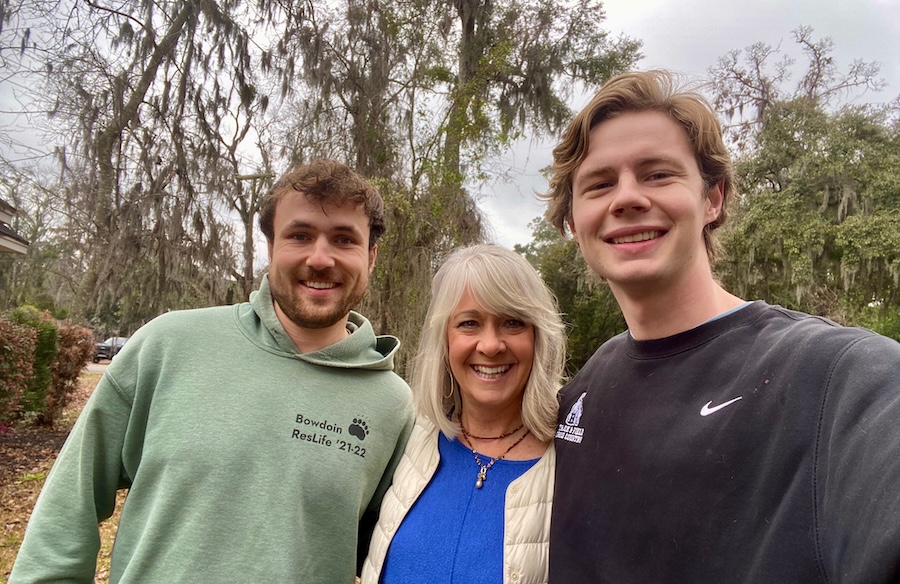Whispering Pines: Jack London beneath the Pines
By John Cross '76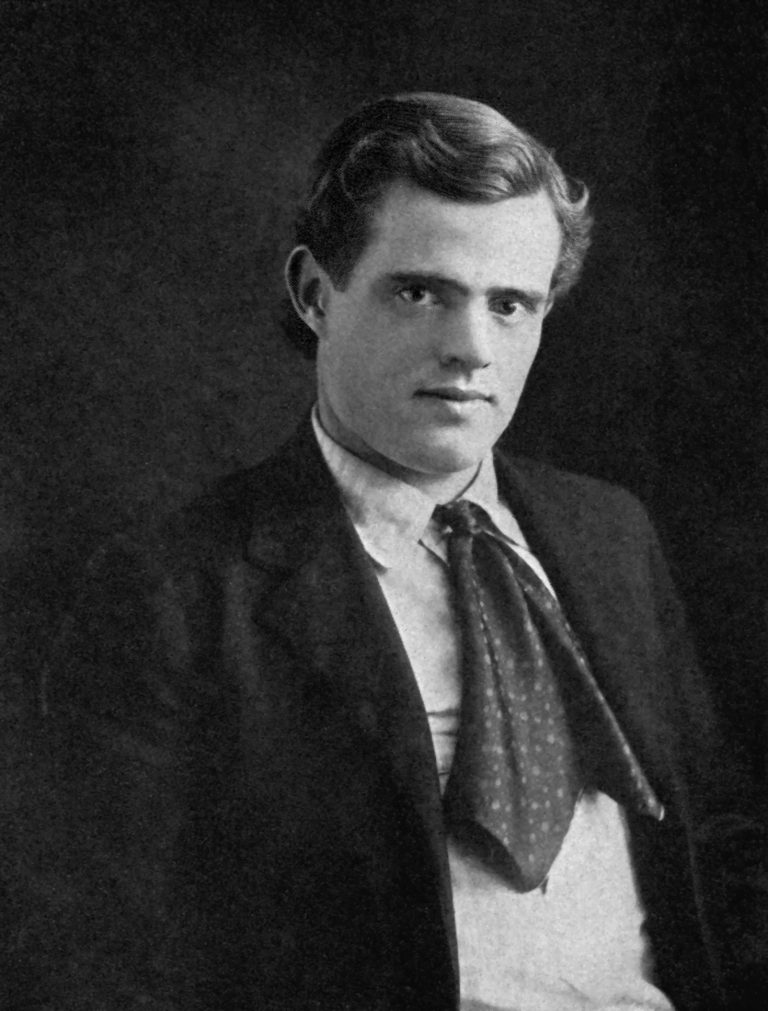
London’s life story and his growing literary reputation had captivated the imagination of many Americans by 1905. Born in 1876 in San Francisco into what might be charitably described as “modest” circumstances (his biological father denied paternity; his mother married a partially-disabled Civil War veteran after Jack was born; because of his mother’s ill health, Jack’s infancy was spent in the care of neighbor Jenny Prentiss, an African-American former slave). London scholars will no doubt find this brief summary short on biographical and literary grounds. Jack was a newsboy at the age of ten. By the age of sixteen he owned a boat and led a small gang of thieves on the waterfront, earning him the title of “Prince of the Oyster Pirates.” After another gang stripped his boat of anchors and rigging, London became a tramp, riding the rails and obtaining food and lodging by conning people and begging. By his own account, his arrest and thirty-day incarceration for vagrancy in Buffalo, New York, at the age of eighteen was a turning point in his life. It fueled his interest in socialism and his desire to seek an education and become a writer. He enrolled at the University of California at Berkeley in 1896, but had to leave for financial reasons after a year. He spent the winter of 1897 in the Klondike seeking gold, and returned to California, more determined than ever to become a writer.
Beginning with articles written for local newspapers, London established a reputation as a prolific writer of fiction for magazines, a journalist, and a photographer. His books The Call of the Wild(1903) and The Sea Wolf(1904) enjoyed great popularity. The People of the Abyss<, London’s 1903 first-person account of the desperate living conditions of the poor in the East End of London, England, reflected his evolving views on socialism. In 1904 he divorced his wife, Bessie Madden, and on November 20, 1905—shortly before he went on a tour of college campuses (and seventeen days before he spoke at Bowdoin)—he married Charmian Kittredge.
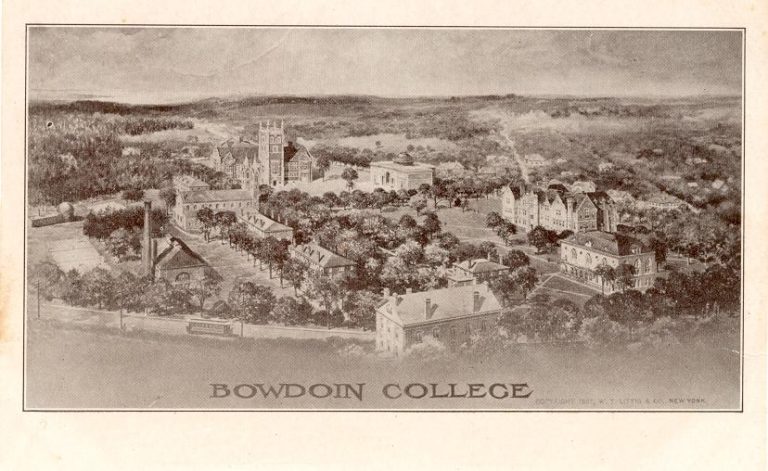
The Bowdoin College that greeted the Londons after they arrived by train consisted of eleven buildings, including three that were less than a dozen years old (the Walker Art Building, Searles Science Building, and Hubbard Hall). A faculty of twenty-one instructed 266 students, nearly 90% of whom were from Maine. Bowdoin was still a year away from admitting its second African-American undergraduate student (Samuel Dreer, Class of 1910), eighty years after John Brown Russwurm had graduated in 1826. Robert Peary’s claim of reaching the North Pole was almost four-and-a-half years in the future, and it would be eight years before the polar bear would become the College’s mascot. President William DeWitt Hyde’s “Offer of the College” had not yet appeared in The College Man and the College Woman.
There are several published accounts of London’s time at Bowdoin. The Orientstuck to a chronological account of London’s adventures, without delving into matters of politics or literature. A short Orientaccount of The Ibis lecture was positive, in a non-specific way: “The club with invited guests met in the Library and for over two interesting hours listened to Mr. London’s talk on socialism.” Charmian’s recollections were, perhaps understandably, glowing: “I never wearied of seeing Jack step out upon stage or platform, with that modest-seeming, almost bashful boyishness, which so charmed his audiences, and yet which so quickly, when he raised his splendid head and launched into any serious theme, changed to the imperiousness of certitude.” The Lewiston Evening Journal called it “one of the strongest and most trenchant addresses that has ever been given [here]… [Mr. London] proved as interesting a lecturer as author, moving his audience to laughter by his brilliant humor, while the silence following his realistic description of the darker side of life showed the compelling power of the man over his listeners.”
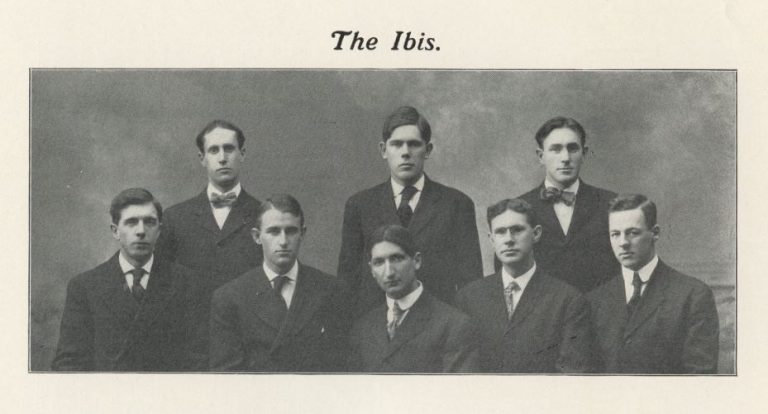
The most detailed review came from future poet, educator, and Connecticut Governor C. Wilbert Snow of the Class of 1907. “Lecturers at Bowdoin were expected to come to the platform dressed in a tuxedo or at least in a long Prince Albert coat. Jack appeared in square-toed workingmen’s shoes, a flannel shirt, no coat, and no tie…None of his gifts as a storyteller showed up on the platform. He spoke in a flat, even tone with no change of pitch or emphasis. He briefly explained the Socialist theory, then spent the rest of the hour telling tales of deprivation, squalor, and suffering imposed by capitalists on the poor of California. The next day, before a college audience, Jack debated with President Hyde on ‘Capitalism versus Socialism.’ Hyde asked many questions Jack could not answer, tied him up in knots, and won the debate. Our club [The Ibis] was embarrassed, but we did not lose faith in our principles.”
The next day, Snow took the Londons to the art museum: “As we entered the building the first thing that struck our eyes was a portrait of a beautiful young woman. Mrs. London looked at it long and carefully and then burst out, ‘Why it looks just like Jack’s first wife!’ When the Bowdoin wives heard this, they were shocked…the ladies of Bowdoin, with their rigid code of proper social behavior, could not tolerate such a ‘want of good breeding,’ such a ‘lack of sensitivity,’ such an ‘exhibition of poor taste!’”
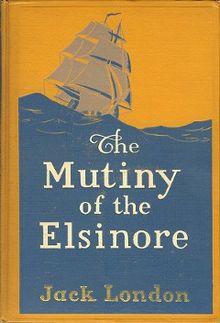
According to Charmian, Jack was pleased with the trip, and that he “averred to President Hyde that if his college days could come again he would attend Bowdoin…”
Jack London certainly made an impression on John Mitchell Chandler of the Class of 1908. The Orientreported that Chandler (a great-grandson of Parker Cleaveland, Bowdoin’s first science professor) was planning on leaving school and accompanying the Londons on a sailing trip around the world. Chandler went to California, but did not join the crew of London’s yacht, The Snark, in what turned out to be an abbreviated Pacific voyage to Hawaii and Australia in 1907.
The Londons returned to their California ranch, and stories and books continued to flow from Jack’s pen (or scroll from his typewriter). His brief connection to Bowdoin shows up in the 1908 short story “The Enemy of All the World.”
London was a pioneer in writing stories about the future, and he attributes the cause of a war with Germany in the 1930s and a campaign of domestic terrorism to the persecuted sociopath and genius Emil Gluck (a fictitious member of the Bowdoin Class of 1913).
London included another Bowdoin link in his 1913 book The Mutiny of the Elsinore, inspired by a voyage from Baltimore to Seattle around Cape Horn taken by the Londons in 1912 on the Bath-built Dirigo, a four-masted bark (and the first steel ship built in the United States). The captain of the Dirigowas from Newcastle, Maine, and he died near the end of the voyage. In Jack’s story, the captain of the Elsinore(a Bowdoin alumnus) dies earlier in the trip, and the protagonist, the captain’s daughter (a Bryn Mawr graduate), the first mate, and loyal members of the crew battle with criminals and cutthroats among the ship’s company.
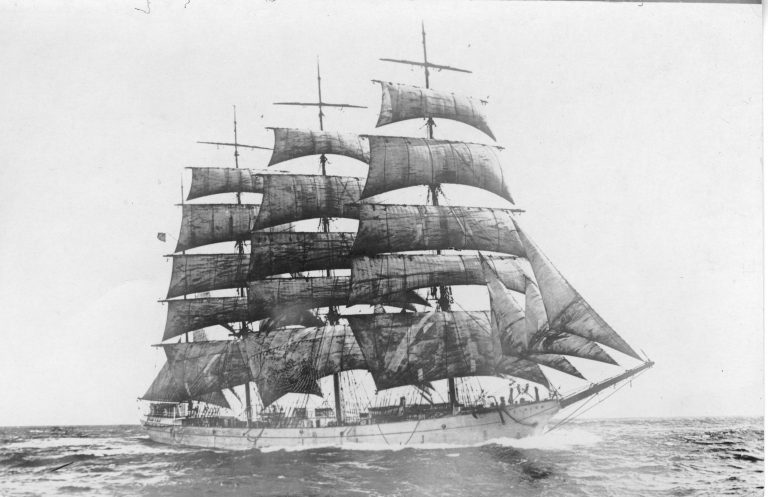
London died of renal failure at the age of forty at his California ranch on November 22, 1916. Jack London the author, the political activist, and the public figure, continues to pose challenges for those who study his life and writings, and it seems that the more of his works one reads, the more difficult it is to identify consistent positions. It is possible to find within London’s body of work an appreciation of cultural differences, and yet still to find abundant evidence that he believed in the racial superiority of Anglo-Saxons. One of London’s biographers referred to his attitudes on race as “a bundle of contradictions.” He wrote about strong women, but took a patriarchal approach to his first wife and his daughters. His socialism was derived from an emotional and experiential place, rather than an intellectual one. While London was a prominent and passionate advocate for socialism, there were often gaps in logic in his arguments, a vulnerability that President Hyde highlighted in their debate.
I’m certainly not qualified to unravel the complexities of how London’s life and literary output were shaped by his wide-ranging experiences, or to understand what it meant to be the famous Jack London in early twentieth-century America. Between the different eyewitness accounts of his visit to Bowdoin and the divergent views of London that can be read in his words and inferred from his actions, I feel that I know more—and less—about him than I did when I began. There’s a great deal of truth to the saying that a person with two watches never knows what time it is.
With best wishes,
John R. Cross ’76
Secretary of Development and College Relations
